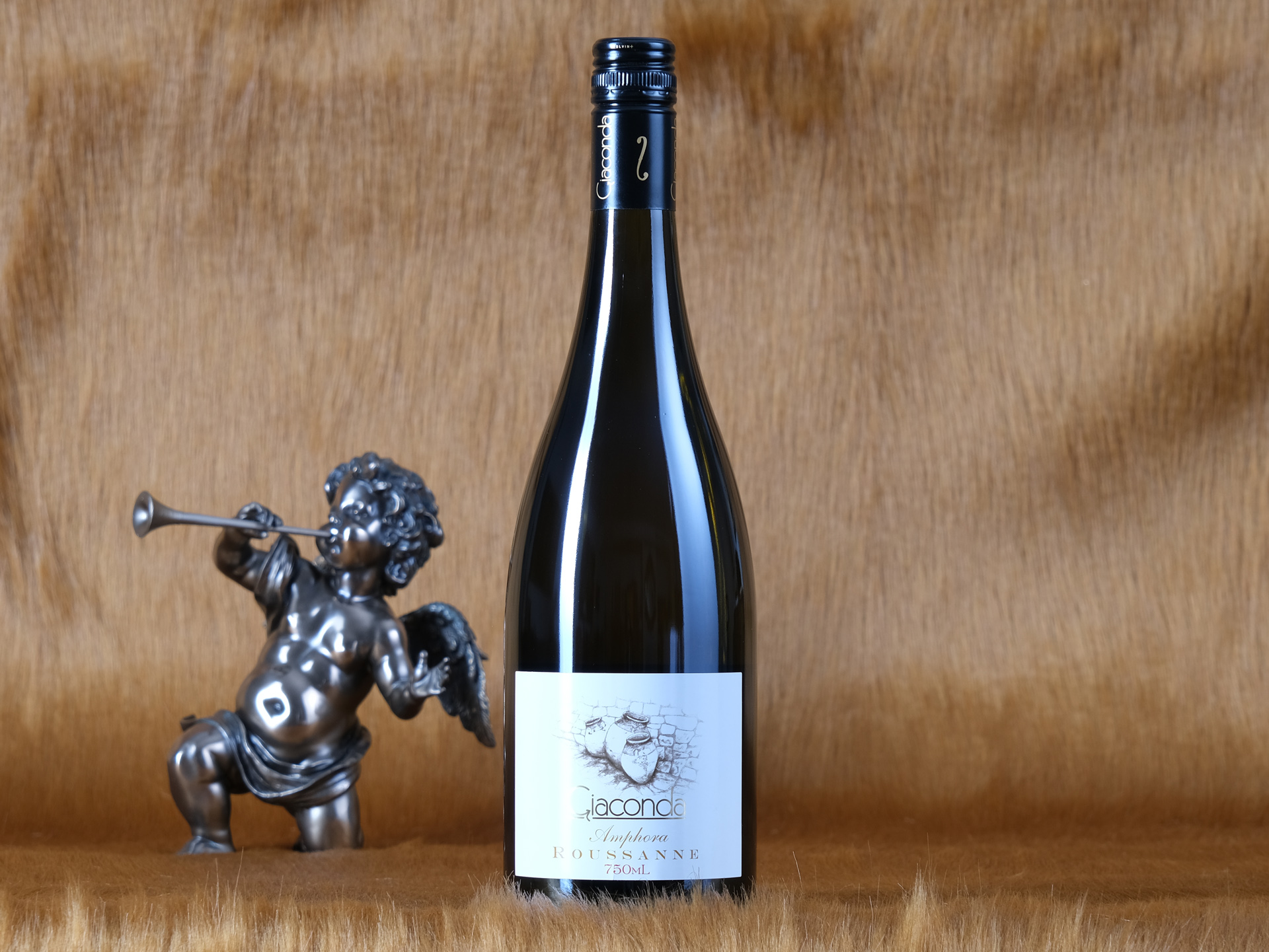A ‘naturally’ styled skin-contact white from a Beechworth master better known for classic styles.
Tasting note
This is savoury but quite full and fruit forward, with cooked apple, candied citrus peel, persimmon and a hint of ginger on the nose and palate. There’s ample richness in the mouth, with full viscous texture, but it all plays in a savoury space, with gentle acidity paired with skinsy tannin adding to the direction. This is pitched in a ‘natural’ wine vein, but it’s got a pretty classic feel for a skinsy white, fairly clean and bright, but with all the texture, grip and flavour complexity you’d expect from the category, just minus most of the funk.
Themes of this wine
Roussanne
A white variety grown primarily in France’s Rhône Valley, roussanne partners with marsanne in the north for Crozes-Hermitage, Hermitage and Saint-Joseph, while it slips into Southern Rhône blends in lower concentrations, with grenache blanc taking more of a lead.
Beechworth
There’s something stately about the Beechworth wine region, with a sense of history, a sense of establishment that belies its relatively new viticultural status and frugal output. Perhaps it’s the town, with the pomp of its sandy hued stone buildings, the whole Gold Rush spectacle of it. Perhaps it’s the imprint of iconic makers, like Giaconda, Sorrenberg and Castagna. Perhaps it’s a combination. But whatever it is, don’t take this to mean Beechworth is set in its ways. It is a region of extraordinary untapped potential, with the ranks of newer makers swelling and testing the limits.
Amphora
An amphora is a big, classically shaped clay pot used for fermenting and maturing wine. They, unsurprisingly, go way back, and are still extensively used in Georgia (the world’s oldest winemaking country… truly), where they are called qvevri. They’re also used by lots of natural winemakers, as well as plenty that don’t put themselves in that camp. Why use them? Well, you get interesting ferment vectors, which swirl the lees around, and they are very neutral in terms of flavour imparted. They’re also a protective environment, being less oxidative than oak barrels, but don’t have some of the issues associated with the complete absence of oxygen in stainless steel tanks.
Skin contact
The skins hold the colouring matter and lots of tannin. Leave them in contact with the juice/wine and you’ll extract those elements. Most conventional white wine sees no skin contact, rosé a little bit to get a blush, and red wine plenty to get the colour and structure. Skin-contact whites… well, they have some skin contact. Yep. More colour, more tannin and a different flavour profile.



